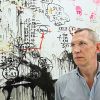Art at every turn
Every five years, Kassel hosts the documenta exhibition of contemporary art. For decades, the cityscape has been dominated by artworks.

Floating gardens and symbols of peace offer a foretaste of the documenta 15: even in the run-up to the global art exhibition, artworks dotted around Kassel have been giving an idea of what visitors can expect. Since mid-June, the river Fulda has boasted two floating gardens created by the artist and curator Ilona Németh: her “Future Garden” features plants that can purify the soil of toxic substances, while herbs and plants that have a positive effect on one another grow in the “Healing Garden”. There were also early indications of the upcoming documenta in Kassel’s city centre: the Romanian artist Dan Perjovschi painted the pillars at the main entrance to the Fridericianum museum black and then added white symbols, words and images relating to themes such as peace, solidarity and sustainability.
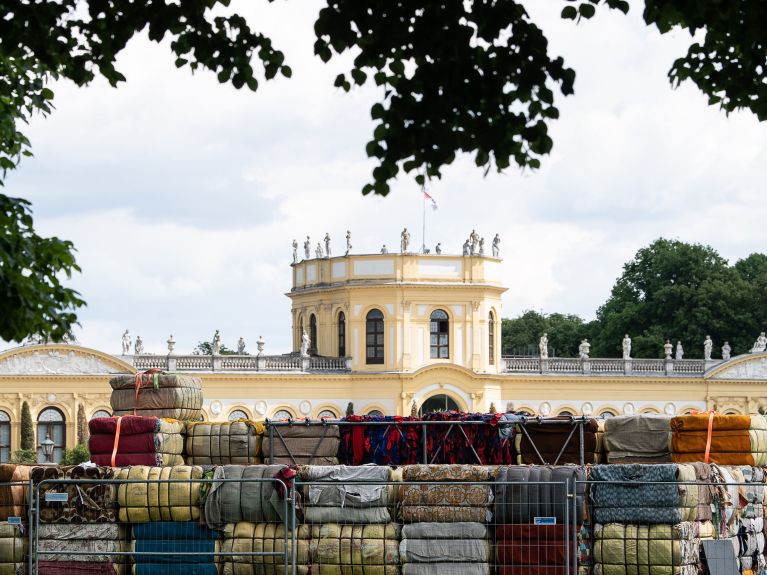
Meanwhile, a walk-in installation made out of waste by the “The Nest Collective“ from Kenya could be seen on the Karlswiese. The artists from Nairobi wanted to highlight how rubbish, electronic waste and textiles are transported to the countries of the Global South, where they contribute to the destruction of the environment and the economy.
Every five years, the global art exhibition brings people to Kassel in the heart of Germany. Alongside the Biennale in Venice , the documenta is regarded as the most important exhibition of contemporary art. The 15th edition will take place in Kassel from 18 June until 25 September 2022 and will be curated by the Indonesian group of artists Ruangrupa on the basis of the “lumbung” principle. “Lumbung” is the Indonesian word for a rice barn, a communal building in which surplus crops are stored for the benefit of the whole community.
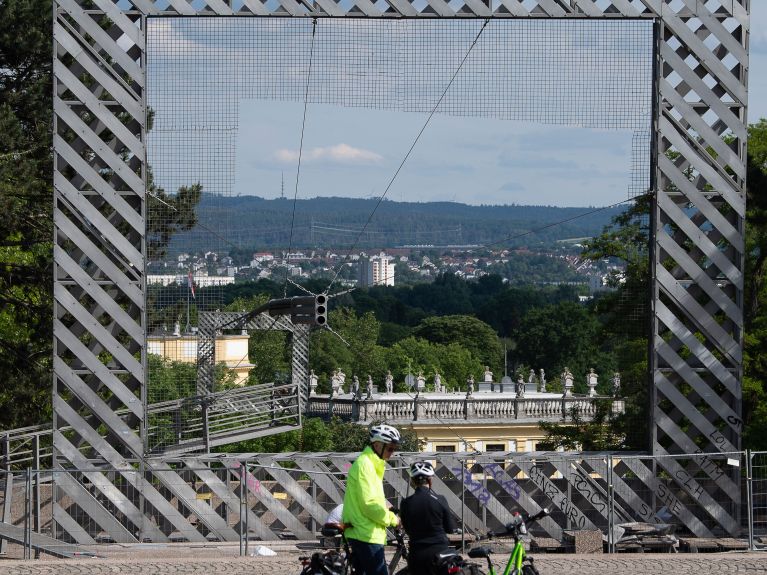
When visiting this year’s documenta it is also worth taking a look at the artworks from previous exhibitions, which continue to dominate the cityscape to this day. documenta 6 in 1977 left a particular mark: on Friedrichsplatz near the statue of Landgrave Frederick II the “Vertical Earth Kilometre” by US artist Walter De Maria can be seen – though all that is visible is a small brass disc in a sandstone slab. The rest, a 1,000 metre long brass rod, was inserted into the earth and thus remains hidden from view.
The “Frame Construction” created by the Haus-Rucker-Co group of artists is clearly visible even from afar, on the other hand. This accessible sculpture, which comprises a framework construction with a smaller frame suspended in front of it, can be found at the top of the Gustav Mahler Steps. It directs the gaze of the viewer from the large frame and through the smaller frame to the Orangery in Karlsaue park.
Every Saturday, the night sky in Kassel is illuminated by the world’s first permanent laser-light sculpture in a public urban area. The green and red beams of Horst H. Baumann’s “Laserscape” connect the Hercules monument, the Orangery, the Hessisches Landesmuseum and Karlsaue park – the city’s leading landmarks.
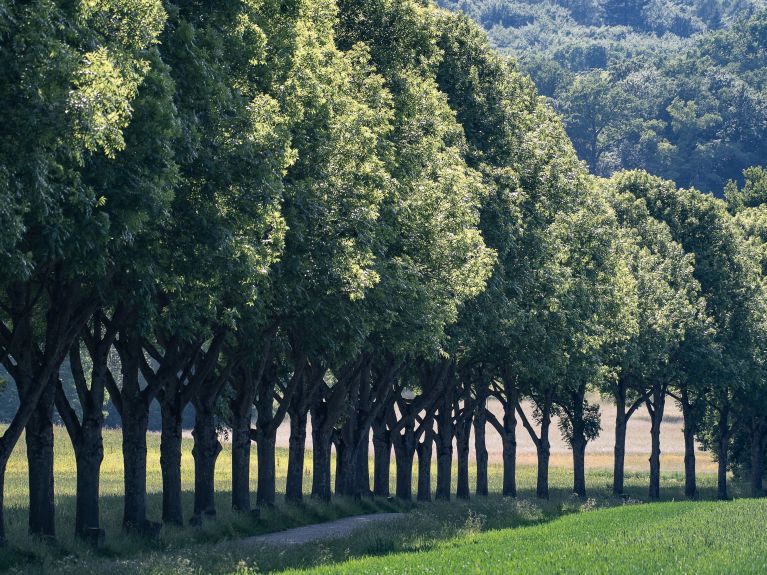
At the start of documenta 7 in 1982, Joseph Beuys had “7,000 Oaks” planted at various locations around Kassel – in each case together with a basalt stele. Until they were put in place, the 7,000 basalt steles were stored on Friedrichsplatz in front of the Fridericianum museum. The more trees that were planted, the smaller the stone sculpture became. This landscape artwork was completed for documenta 8 in 1987.
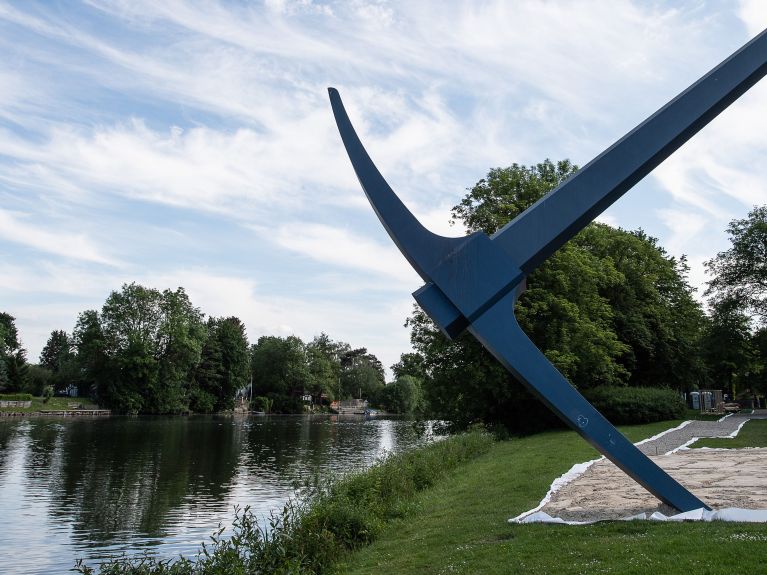
1982 was also the year in which Claes Oldenburg installed “The Pickaxe” on the banks of the river Fulda, close to the Drahtbrücke (wire bridge). This oversized monumental tool is a reference to Kassel’s reconstruction after the Second World War. According to Oldenburg, Hercules, who stands in a prominent position above Kassel in the Bergpark, flung the pickaxe across the city to this point.
Ever since documenta 9 in 1992, “The Strangers” on the portico of a fashion house at Friedrichsplatz have epitomised marginalisation and the absence of social integration. Stranded together with their luggage on the columned portico of the former “Roter Palais”, the three human ceramic figures of varying ethnic and geographic origin appear helpless and isolated. Their eyes lowered, they gaze down at the hustle and bustle on the square below them, but without being able to participate in the urban life they observe.
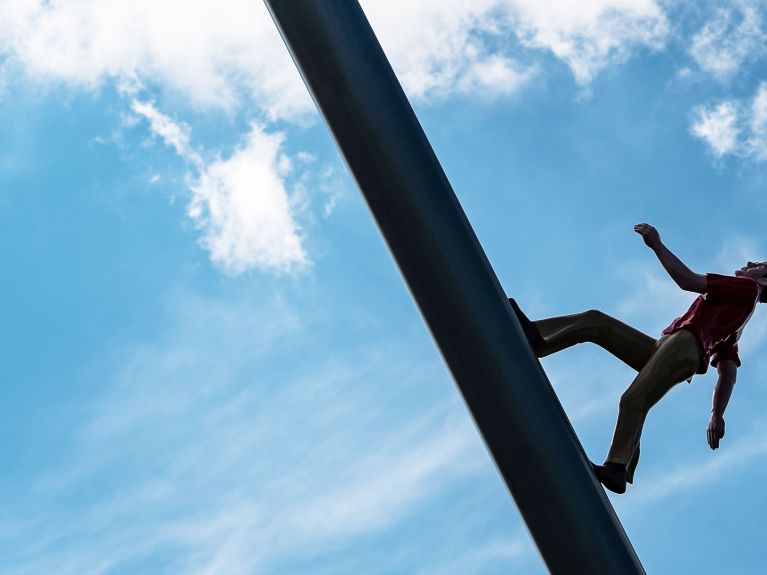
Jonathan Borofsky’s “Man Walking to the Sky”, which was likewise created for documenta 9, seems intent on continuing on his upward path. A male figure strides quickly and resolutely up towards the sky on a steel tube. The tube is 25 metres long and stands at an incline of 63 degrees. Situated in front of Kassel’s Kulturbahnhof (cultural station), it soars 15 metres into the sky.
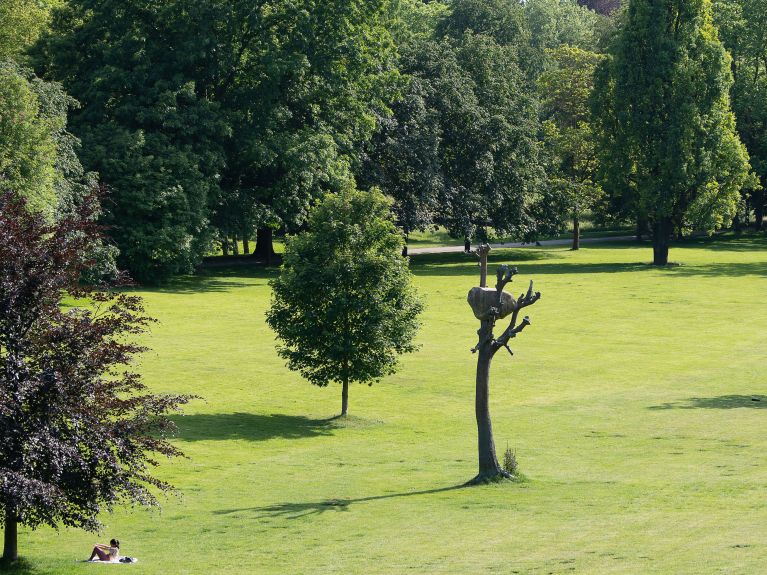
At the edge of Karlsaue park close to the Gustav Mahler Steps, the artwork “Idee di Pietra” has invited speculation ever since documenta 13 in 2012. Known as the “Penone Tree”, this roughly nine metre-high sculpture by the artist Giuseppe Penone comprises a bronze cast of a walnut tree. A large granite boulder sits in its radically trimmed branches. Like with the chicken and egg, it is not clear whether the boulder was pushed up by the tree or whether it fell from the sky.
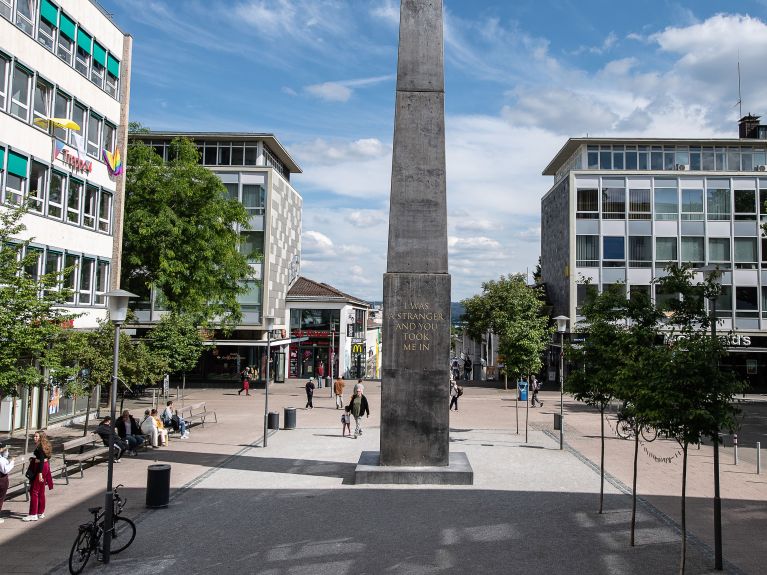
Olu Oguibe’s “Monument for Strangers and Refugees” continued to spark discussions even after documenta 14 five years ago. In the form of an obelisk, the artwork contains a gold inscription in Arabic, German, English and Turkish, the four languages most commonly spoken in Kassel, that reads “I was a stranger and you took me in” – a quote from St. Matthew’s Gospel. It stood on Königsplatz during the documenta exhibition. Though the Nigerian-American artist originally wanted it to remain there, it was later moved – with Oguibe’s consent – to nearby Treppenstrasse.
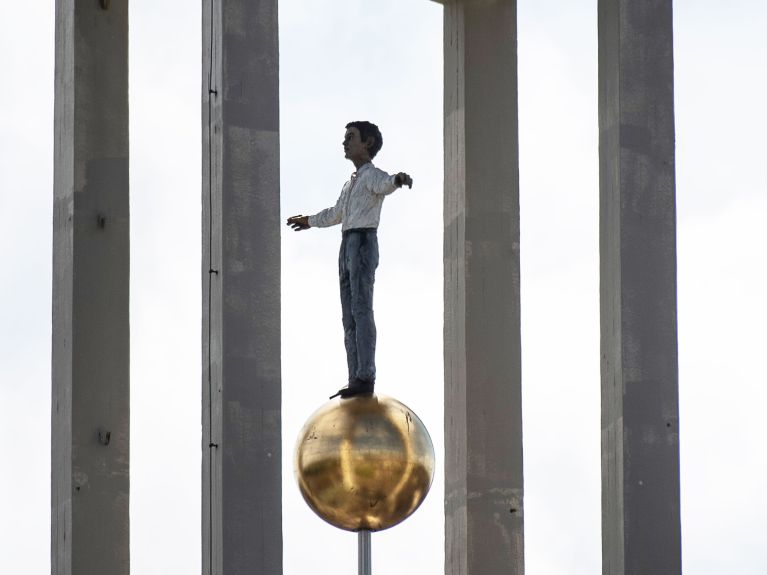
A sculpture that is often thought to be a documenta artwork but actually isn’t also caused quite a stir. Ahead of documenta 13 in 2012, the artist Stephan Balkenhol had installed his “Man in the Tower” at the top of St. Elisabeth Church at Friedrichsplatz. The work shows a man standing with his arms open wide on a golden ball high up in the church tower. The then documenta director Carolyn Christov-Bakargiev felt that the sculpture, which did not belong to the documenta, interfered with her exhibition. Balkenhol ultimately donated the work to the Catholic church.
(mit dpa)
